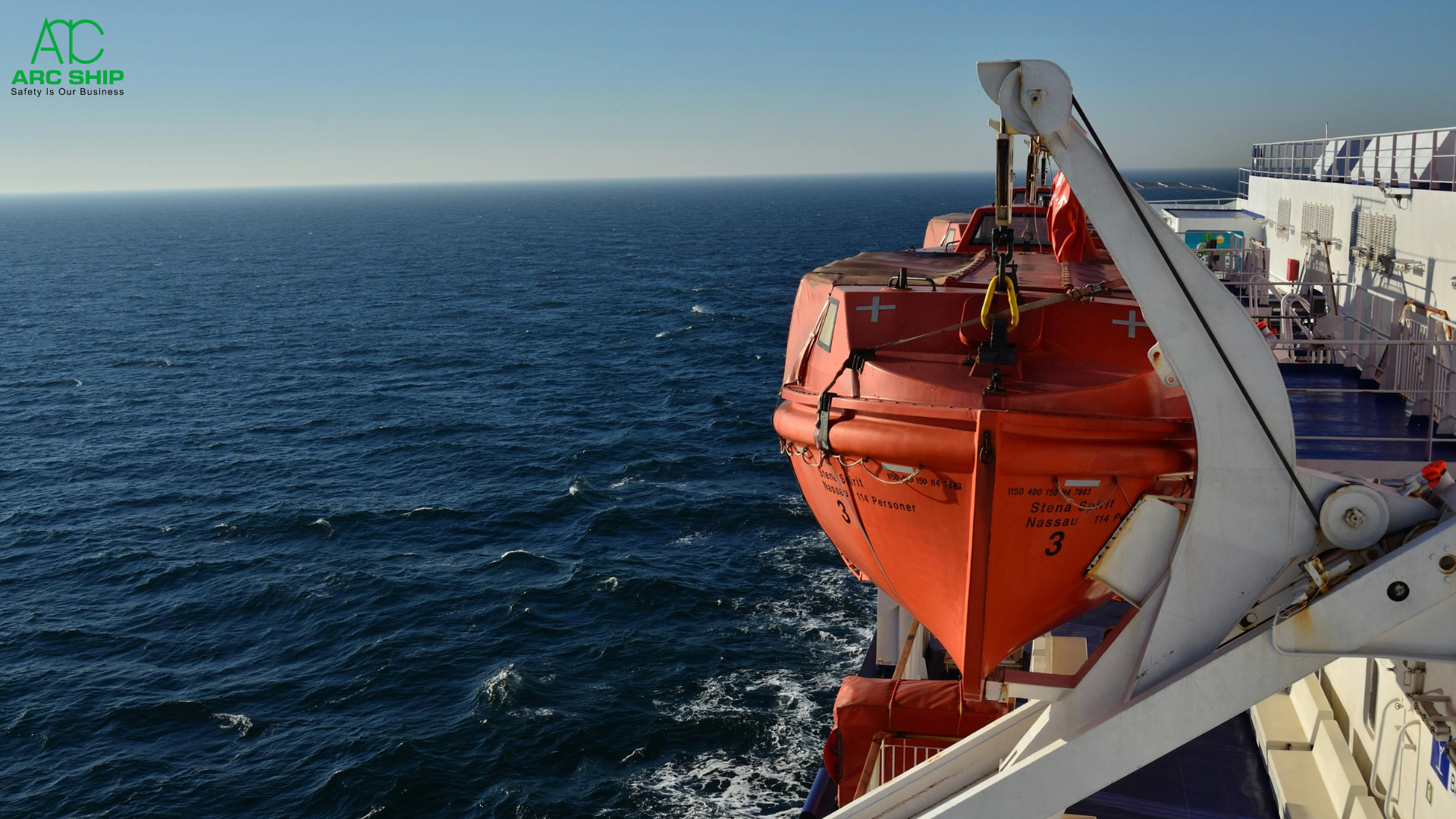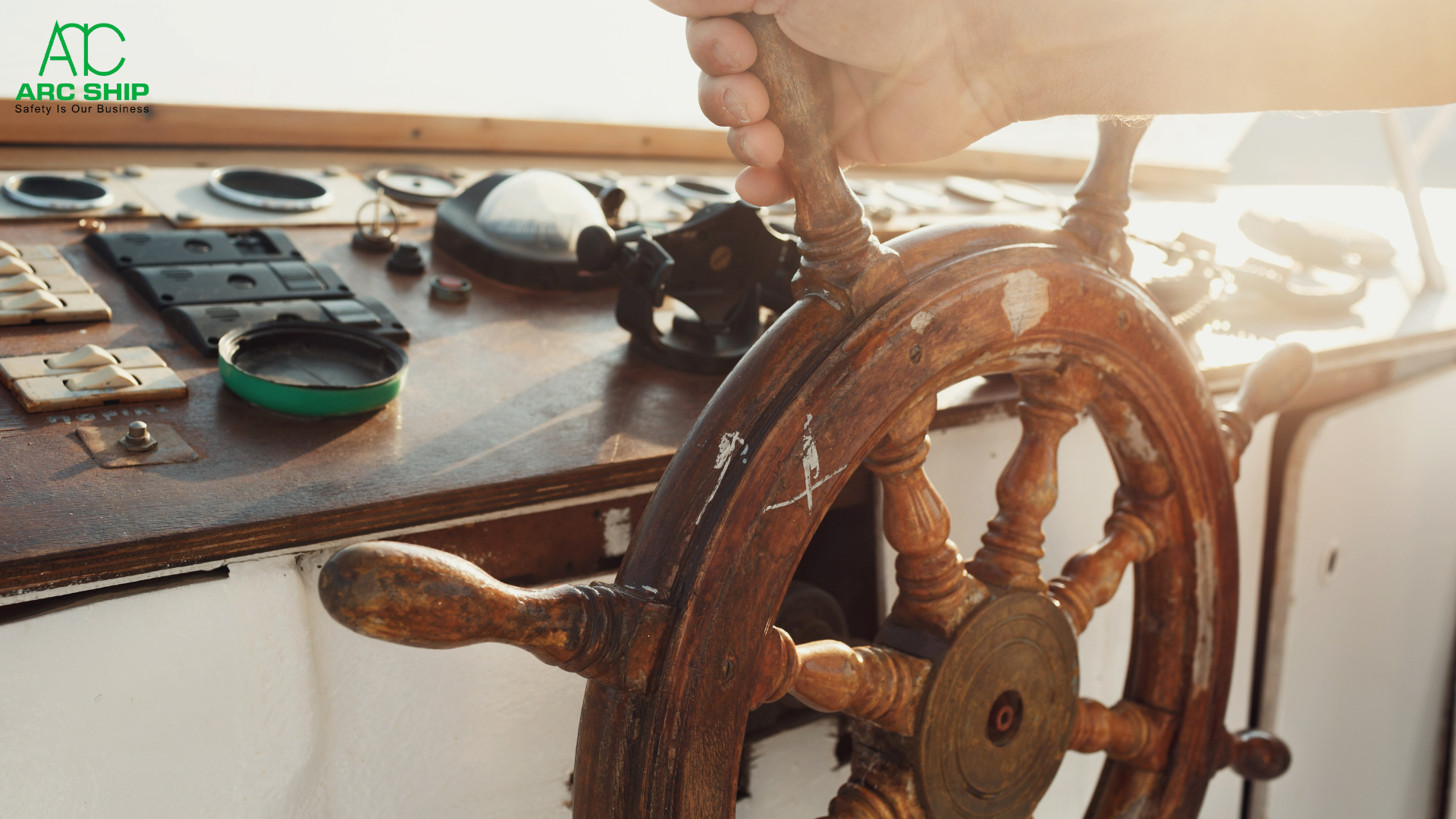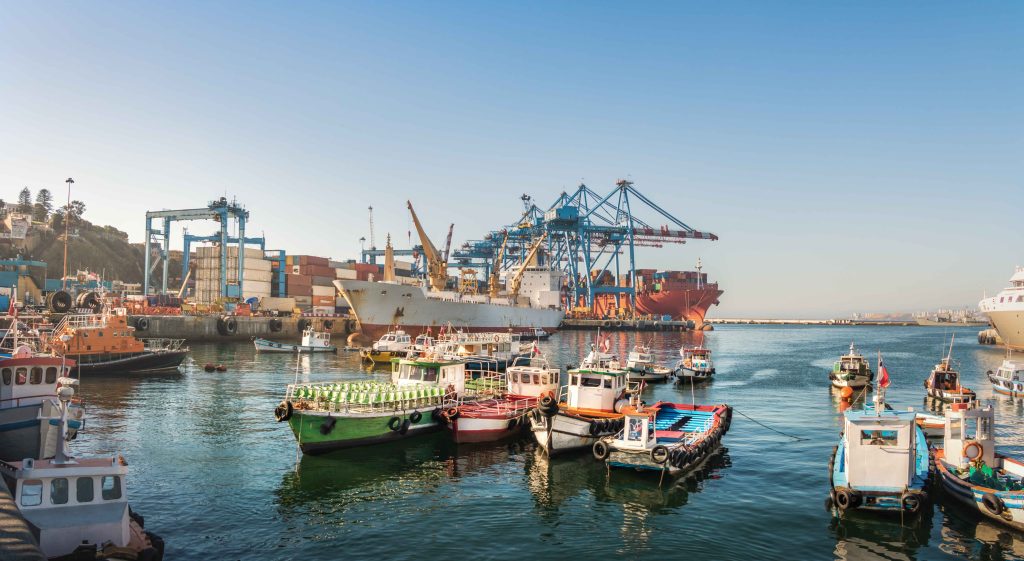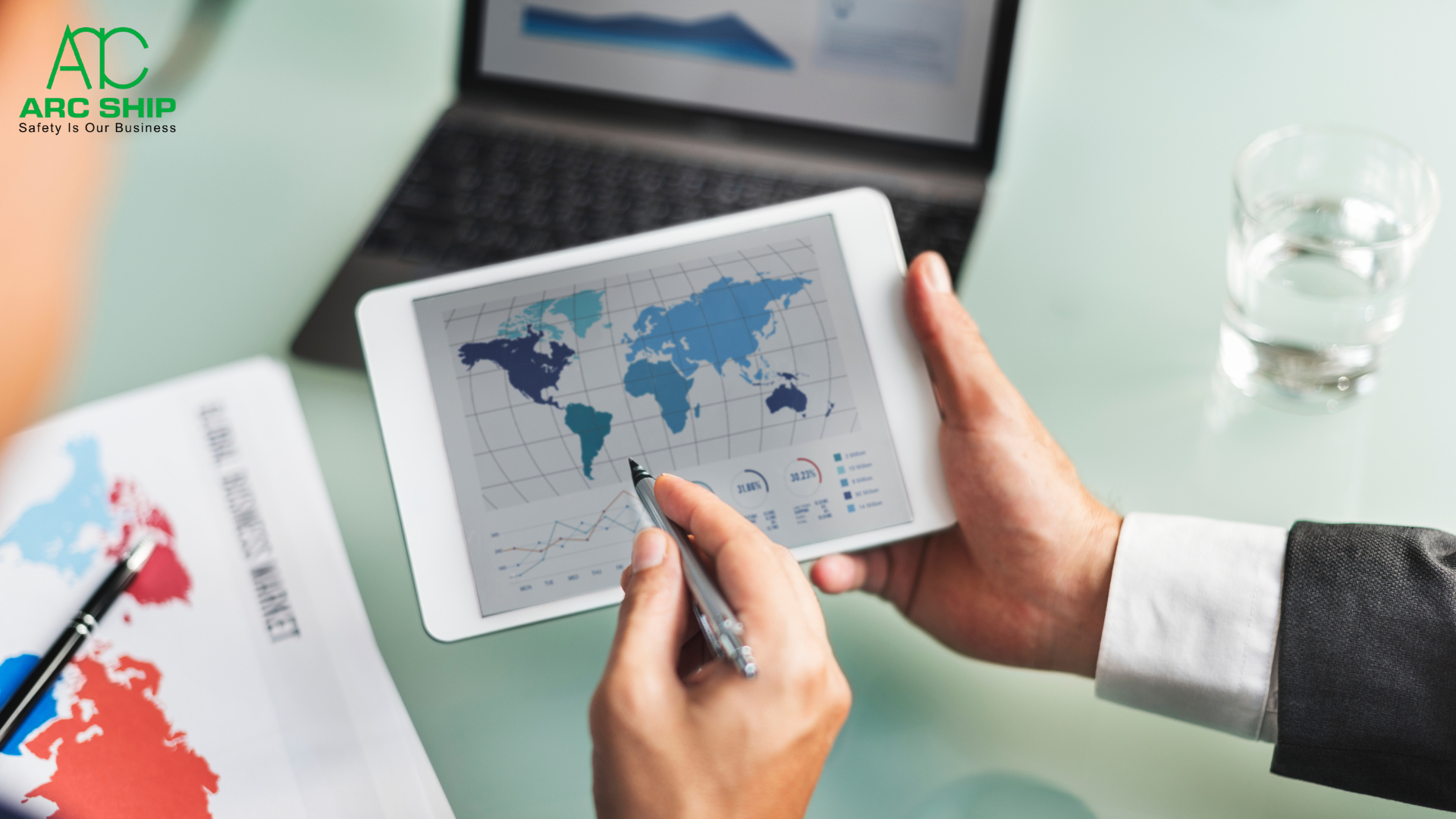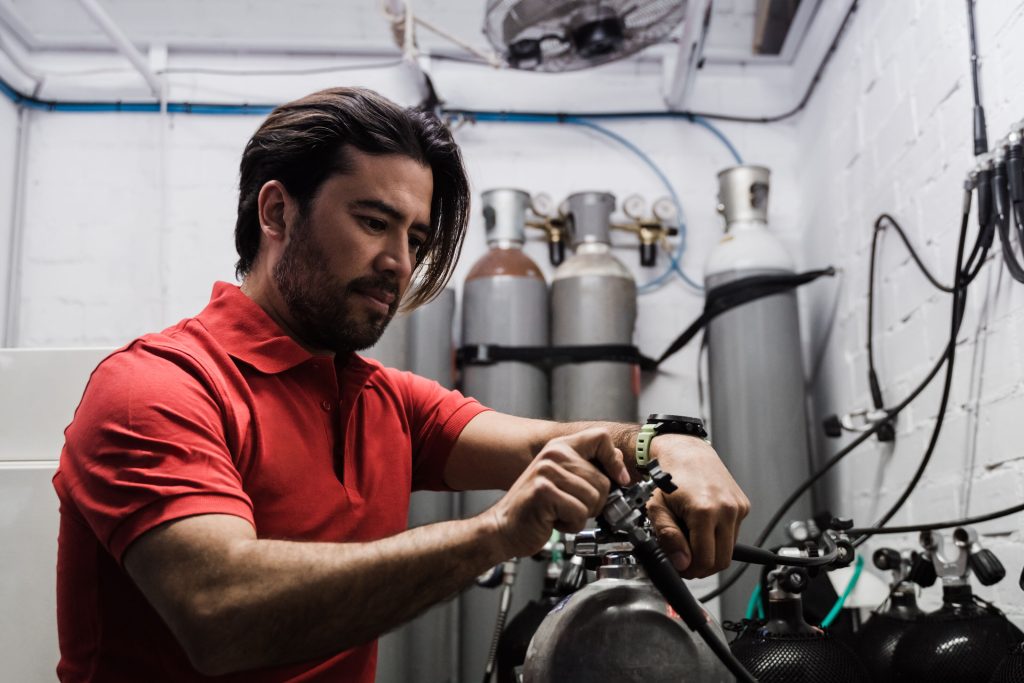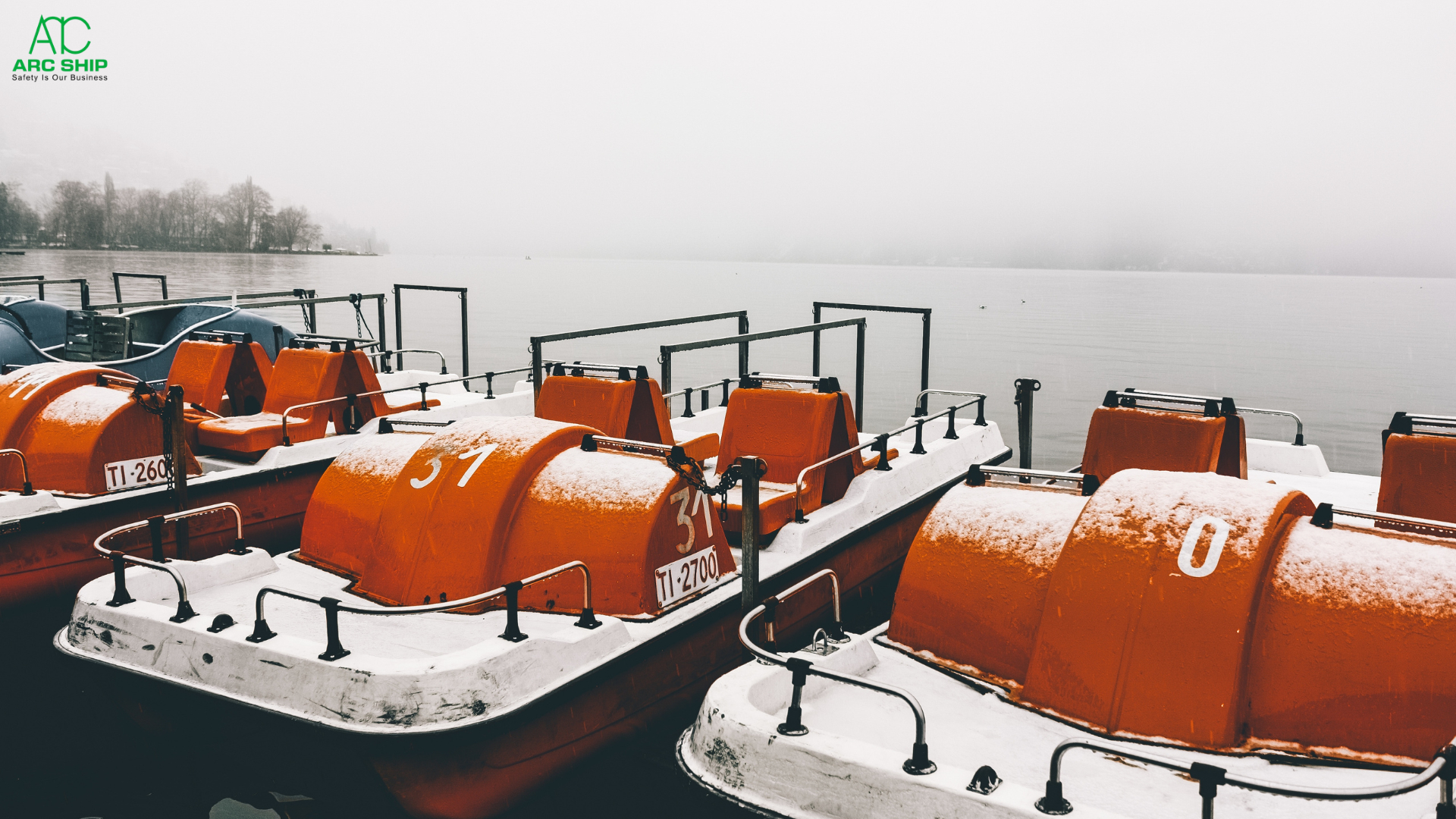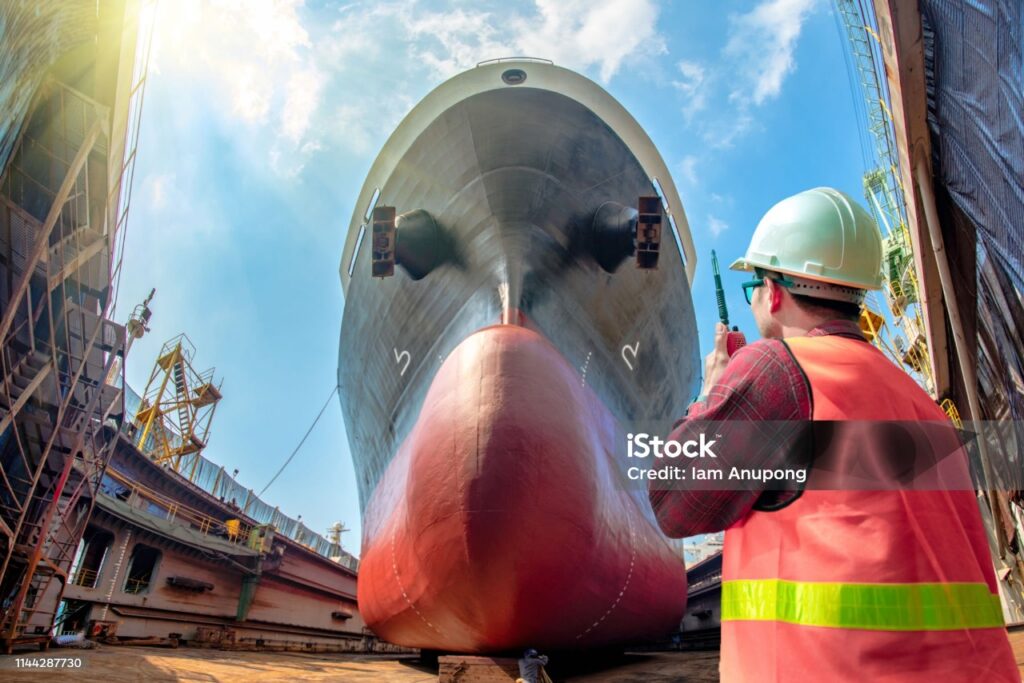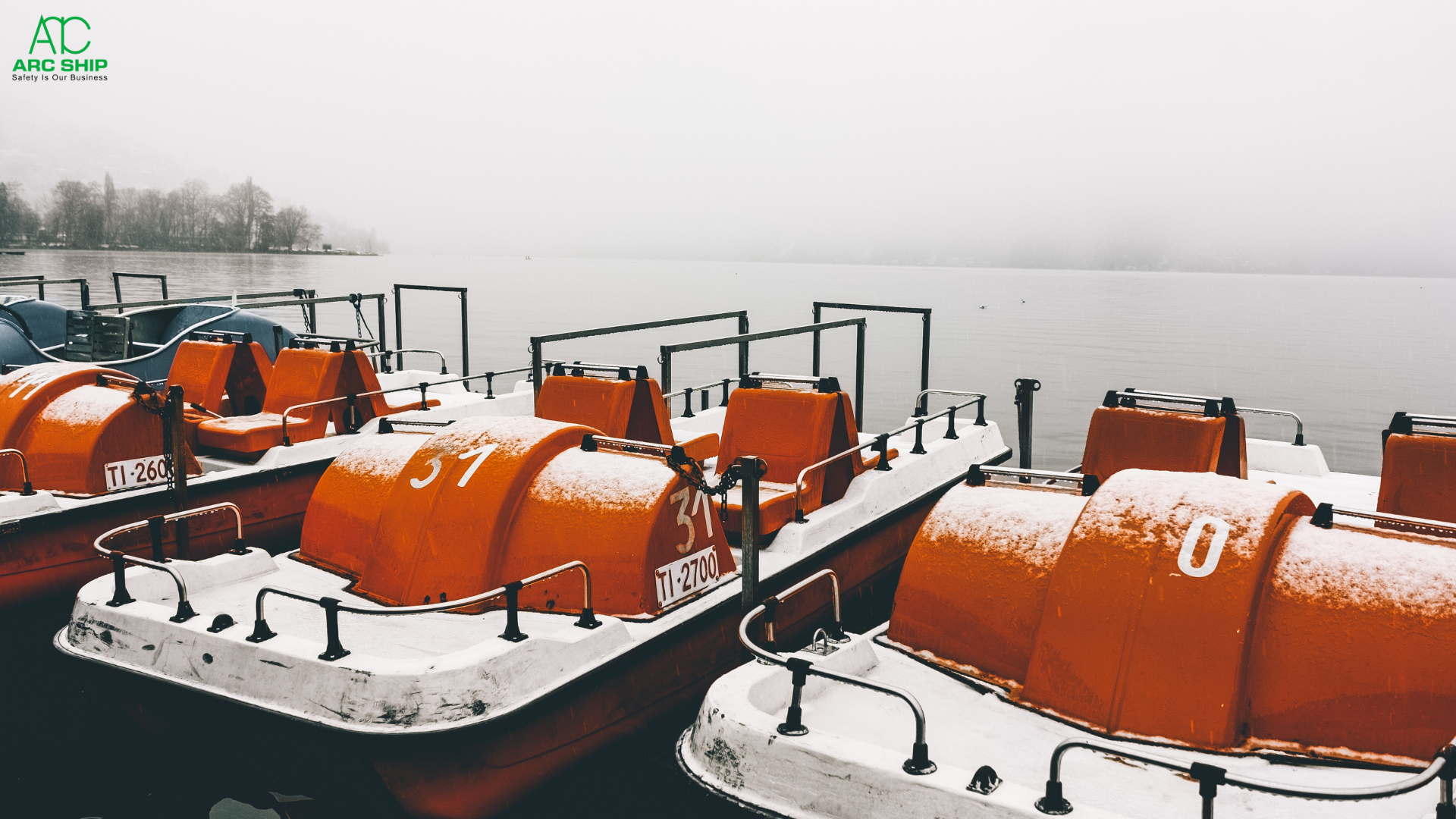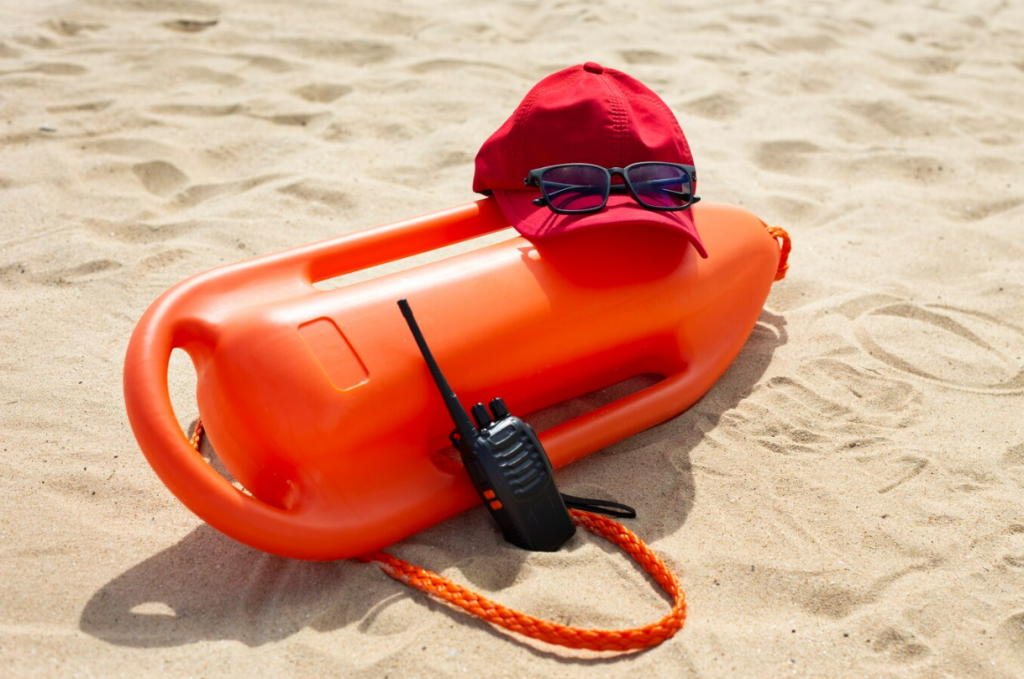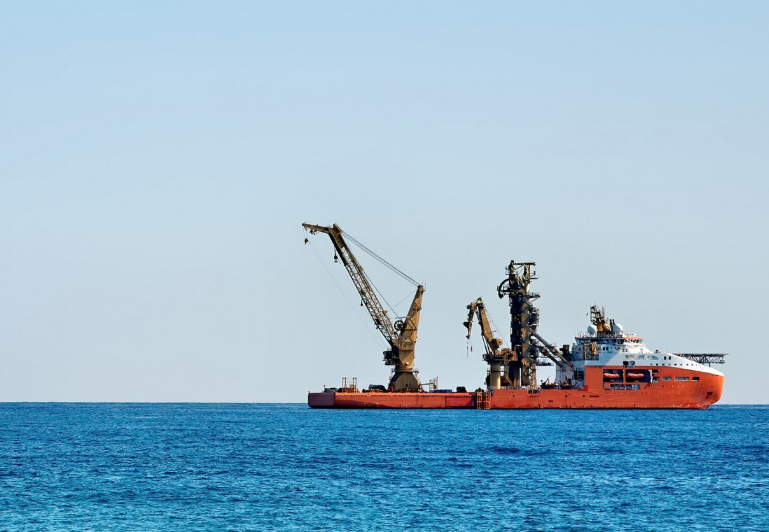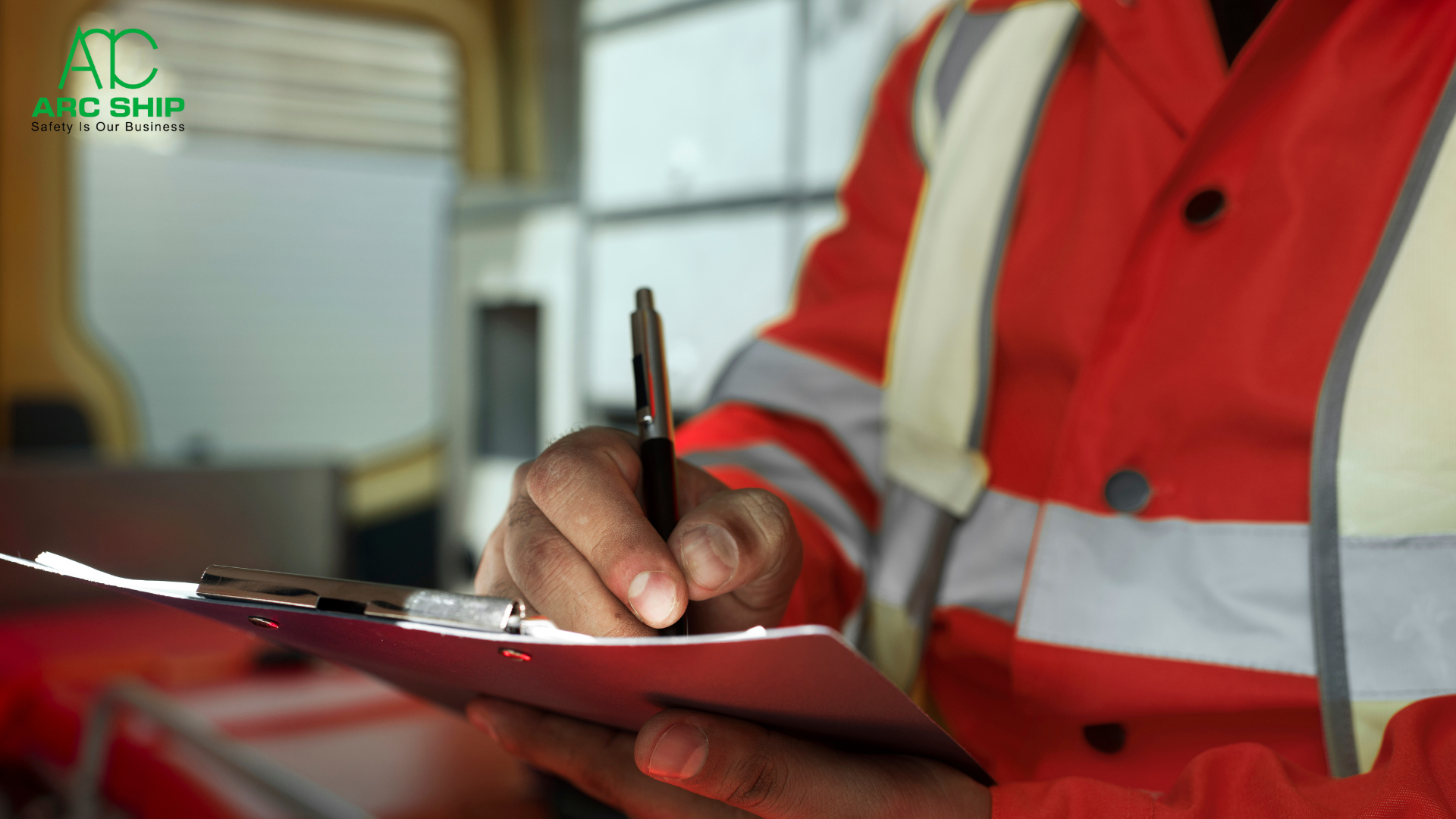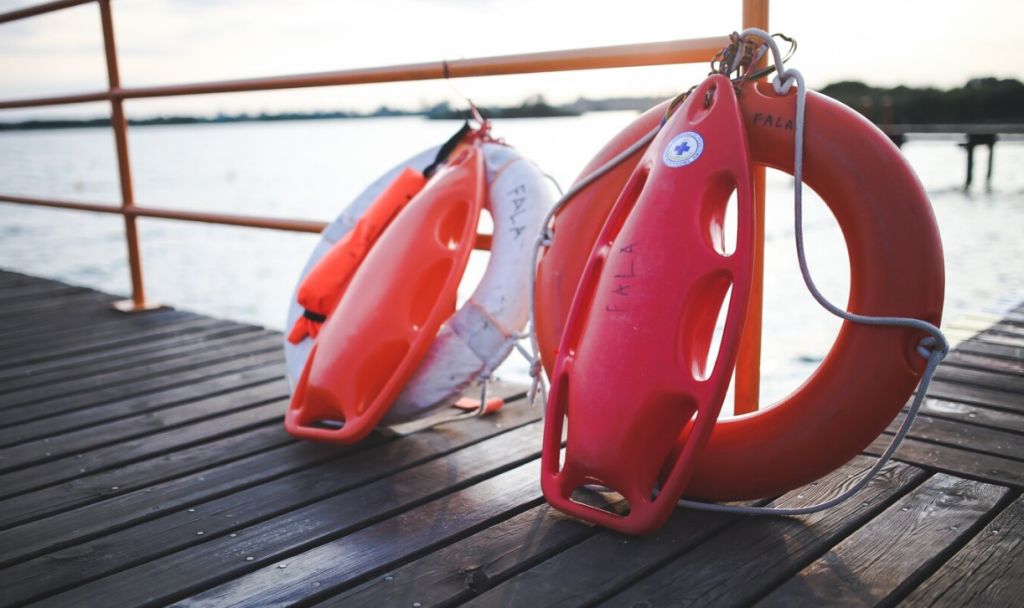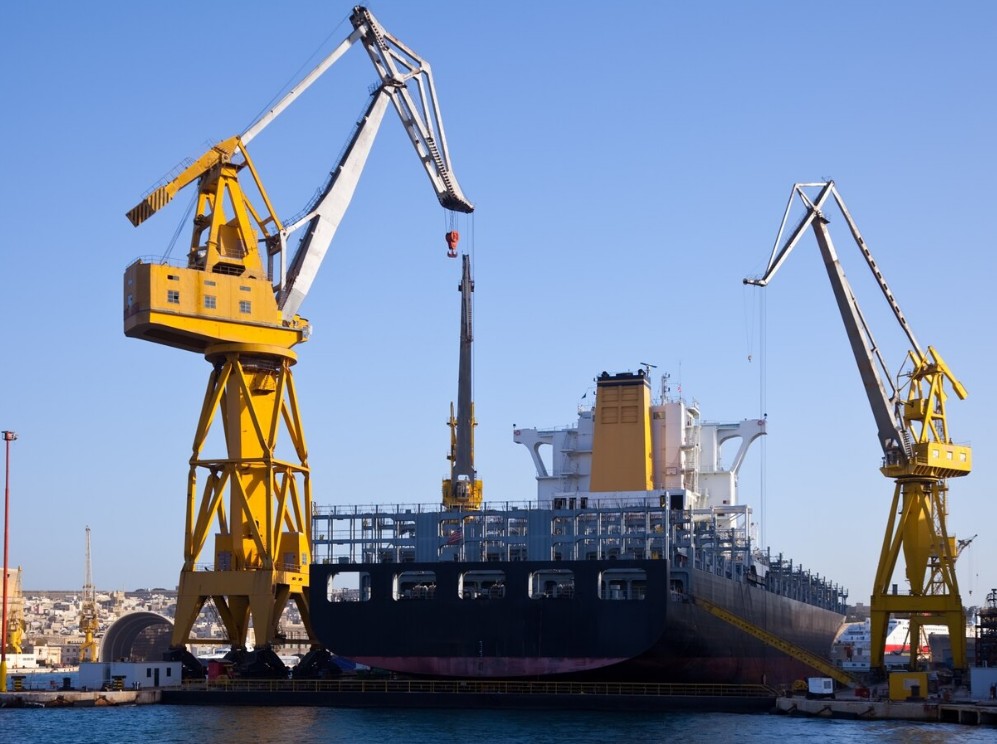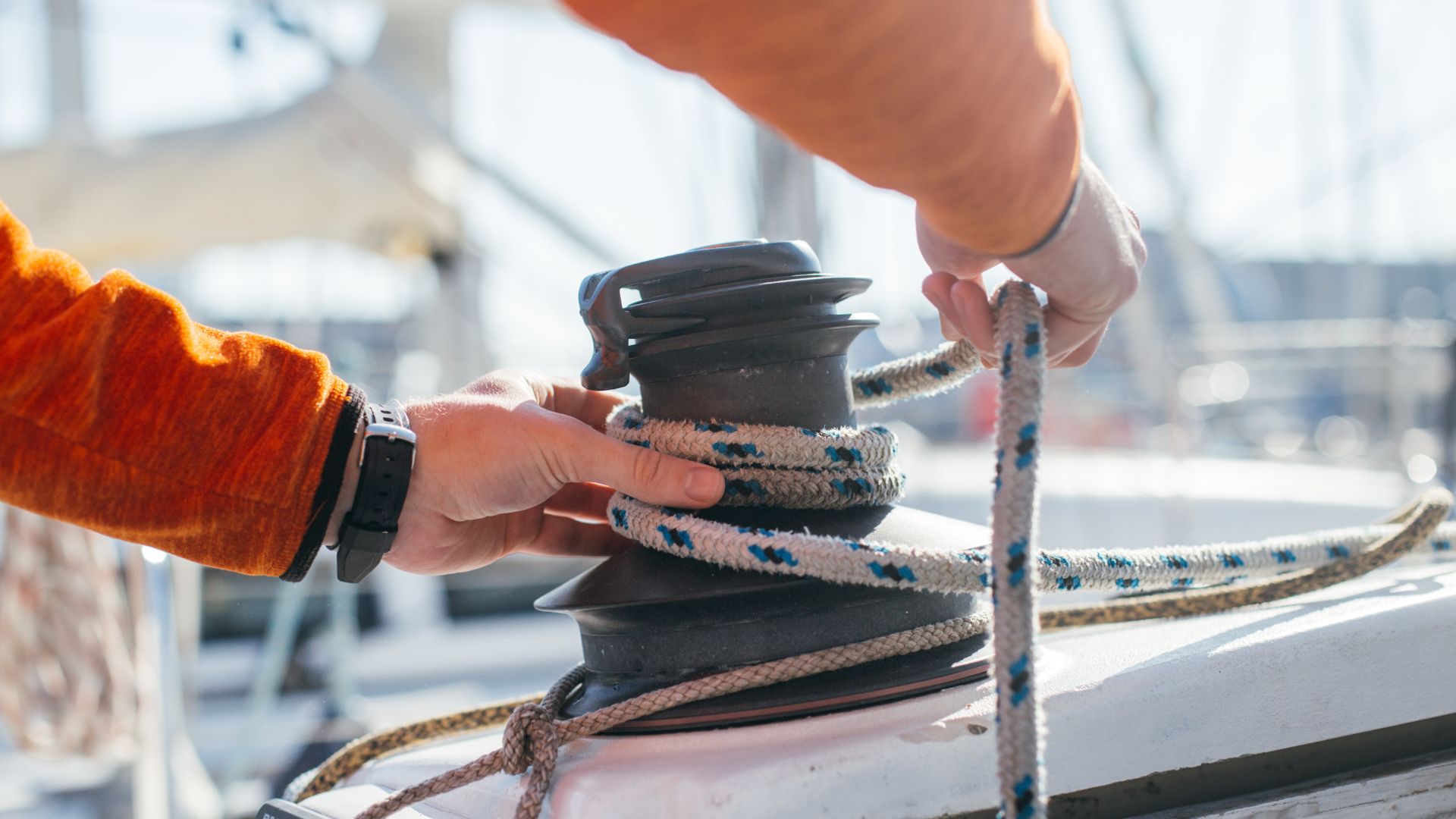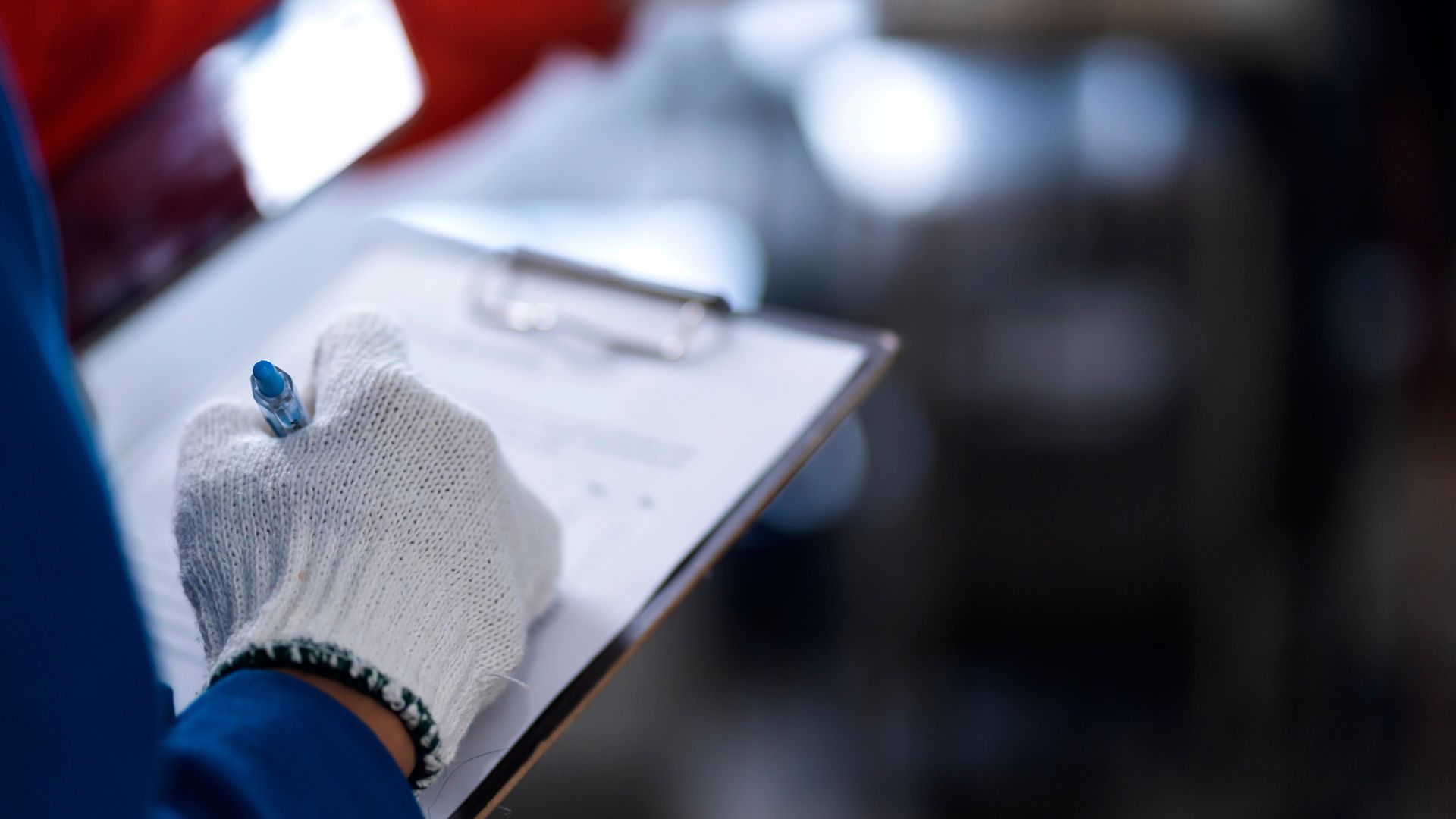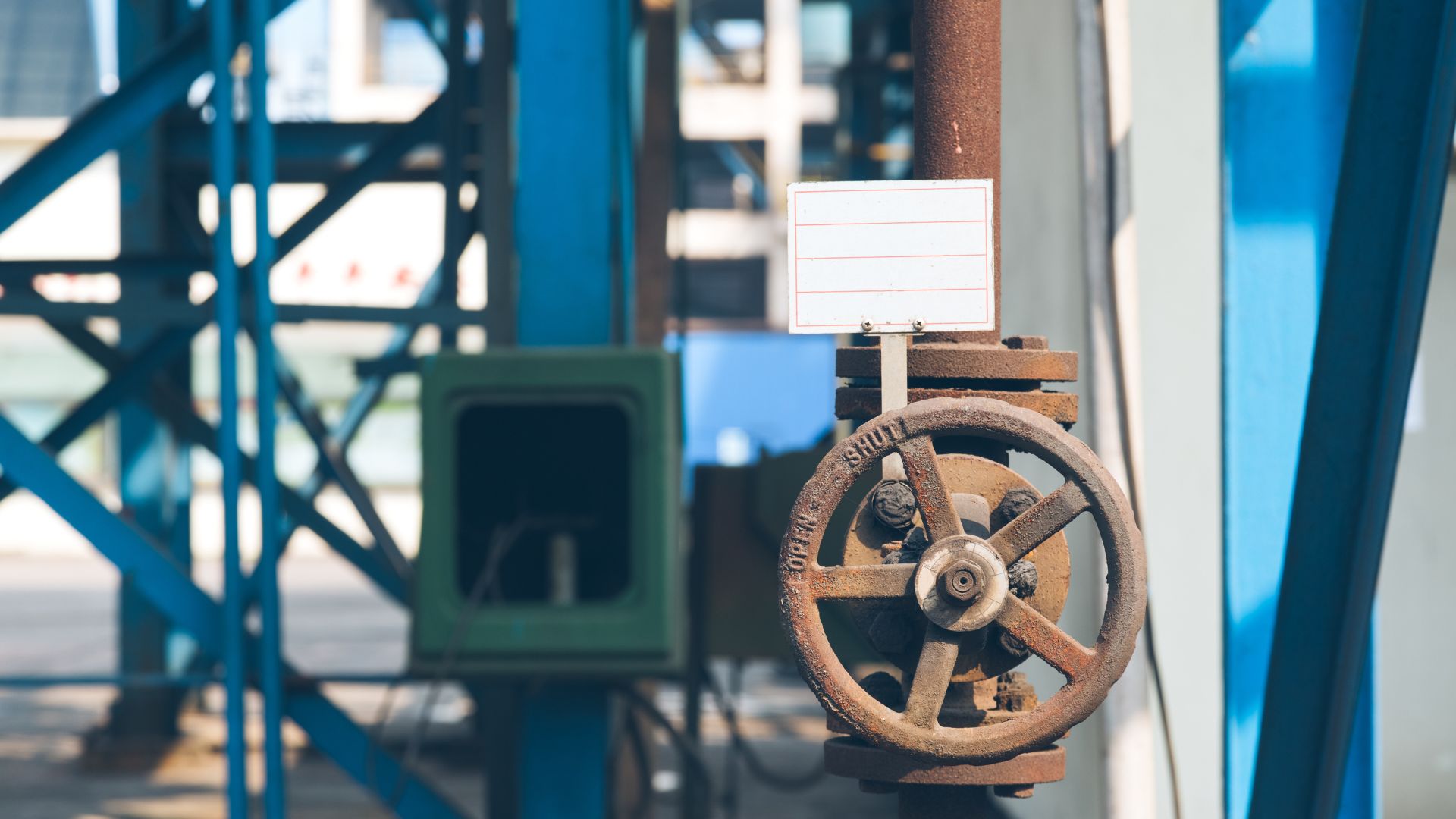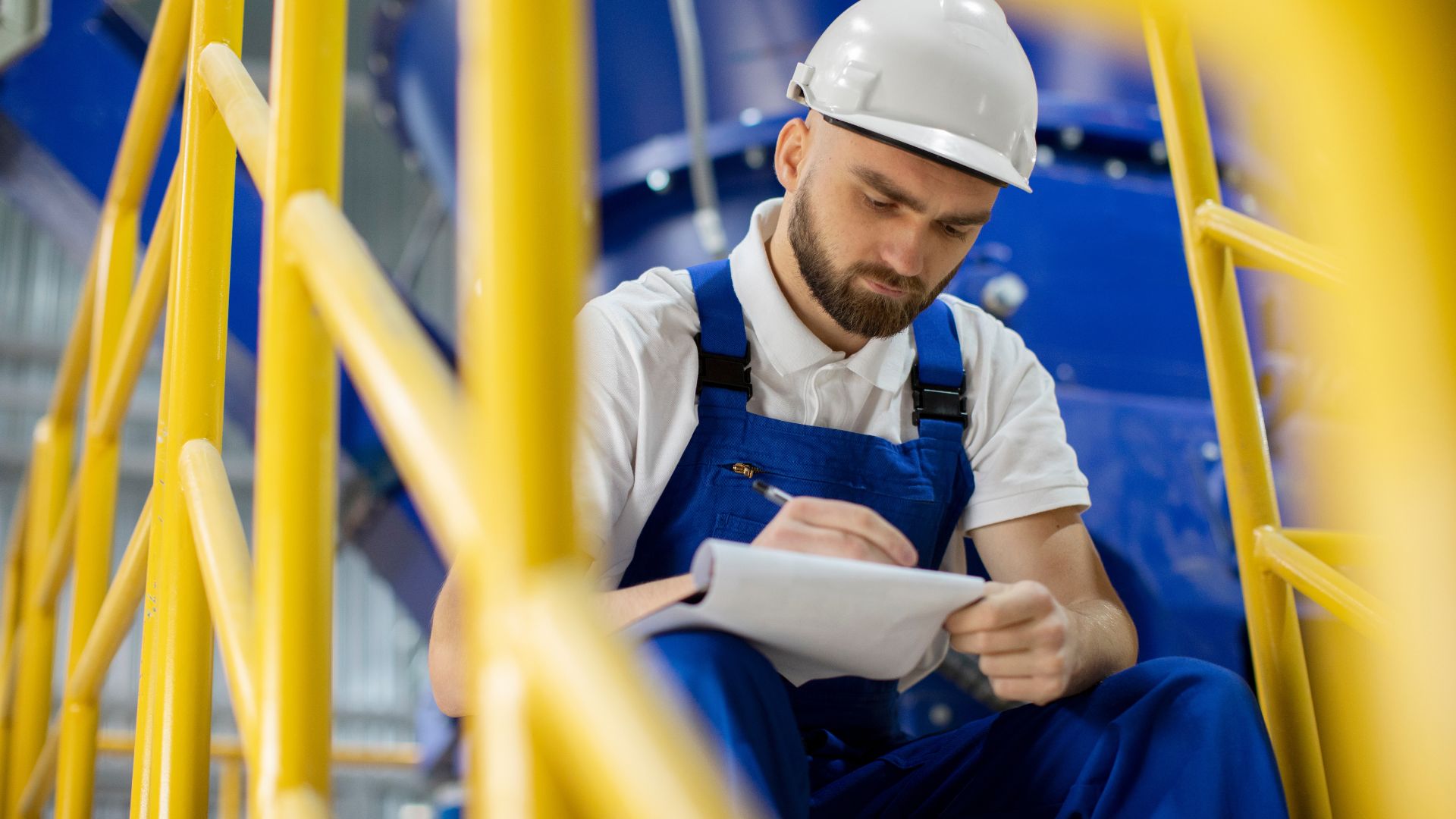The sea, for all its beauty and promise, is unforgiving in moments of crisis. This week, the maritime industry witnessed a near-tragedy off the coast of Kochi—a wake-up call on the critical importance of preparedness and life-saving appliances (LSAs) onboard ships.
In the early hours of May 25, 2025, the MSC ELSA 3, a 1,730 TEU container vessel flying the Liberian flag, capsized and sank off Kerala’s coast due to suspected flooding in its hold. Carrying 640 containers—including hazardous cargo and flammable chemicals—the vessel posed significant environmental and safety threats. Yet, thanks to timely action by the Indian Coast Guard, Indian Navy, and the availability of high-quality life-saving equipment, all 24 crew members were rescued alive.
This is not just a story of survival. It’s a story of how life rafts, lifejackets, and lifeboats made all the difference.
A Breakdown of the MSC ELSA 3 Incident
Before we explore the equipment involved, here’s a snapshot of the crisis:
What happened? The vessel developed a 26° starboard list due to suspected water ingress, ultimately sinking off Kochi.
Cargo on board: 640 containers, 13 with hazardous materials, 12 with calcium carbide—a chemical that releases flammable gas on contact with water.
Fuel risk: Over 450 metric tonnes of diesel and furnace oil onboard.
Rescue mission: 21 crew members evacuated using life rafts, while 3 were airlifted by INS Sujata.
Environmental concern: High potential for marine pollution and drifting containers; rapid-response pollution control underway.
How Life-Saving Equipment Made the Difference
Life Rafts: The First Line of Evacuation
In this incident, Survitec’s 16-person life rafts played a critical role. Deployed under pressure and deteriorating conditions, these rafts provided immediate flotation, thermal protection, and signaling capabilities that allowed for quick and efficient rescue.
Durable. Automatic deployment. High visibility.
SOLAS-approved and trusted by global fleets.
Shoutout to @Survitec and @SurvitecGroup for their outstanding life rafts that helped save 21 lives.
Lifejackets: Keeping the Crew Afloat
Each rescue crew member wore certified lifejackets, helping them stay buoyant and visible while awaiting rescue. These jackets come equipped with reflective tape, whistles, and in many cases, LED lights—features that increase visibility during night rescues or airlift operations.
Lifeboats: Vital for Large-Scale Evacuations
Although not used in this particular case, lifeboats remain essential for long-duration emergencies or when rafts become unviable. Their robust structure, navigational tools, and onboard rations make them critical to any maritime safety strategy.
The Role of Arcship in Maritime Safety Preparedness
As this incident proves, life-saving appliances aren’t optional, they’re critical infrastructure. At Arcship, we support the marine industry with a full spectrum of marine safety products and services to help crews be prepared for the worst:
- Supply of Certified Life-Saving Equipment
- SOLAS-approved lifeboats, life rafts, and lifejackets
- Partnerships with global leaders like Survitec
- Emergency food and water rations
- Servicing & Maintenance
- Routine inspection, servicing, and certification of LSAs and FFAs
- Calibration services for gas detectors and pressure instruments
- Compliance with international maritime safety standards
- Mechanical & Technical Support
- Engine overhauls, mechanical solutions, and shipboard repair expertise
- End-to-end ship management across India, UAE, and Oman
Arcship ensures that your vessel is never caught unprepared. We don’t just supply equipment—we provide peace of mind.
Lessons for the Industry: Safety Must Come First
The MSC ELSA 3 disaster was a near-miss—a sobering reminder that disaster can strike even the most advanced fleets. While investigations into the cause of the list continue, one thing is clear: life-saving equipment worked, and lives were saved.
Going forward, ship operators, managers, and crew must prioritize:
- Regular inspection and servicing of LSAs
- Familiarization drills with life-saving appliances
- Investing in trusted brands like Survitec
Collaborating with comprehensive service providers like Arcship
Conclusion: Preparedness Saves Lives
The ocean doesn’t offer second chances. But with the right safety equipment, well-serviced systems, and a prepared crew, the odds of survival increase dramatically. The 24 seafarers from MSC ELSA 3 lived to tell the tale, thanks to proactive planning and quick deployment of life-saving equipment.
At Arcship, we’re committed to helping fleets across the region stay one step ahead of maritime risks—with gear you can trust and service you can count on.
Get in touch today to learn how we can support your vessel’s safety readiness.
